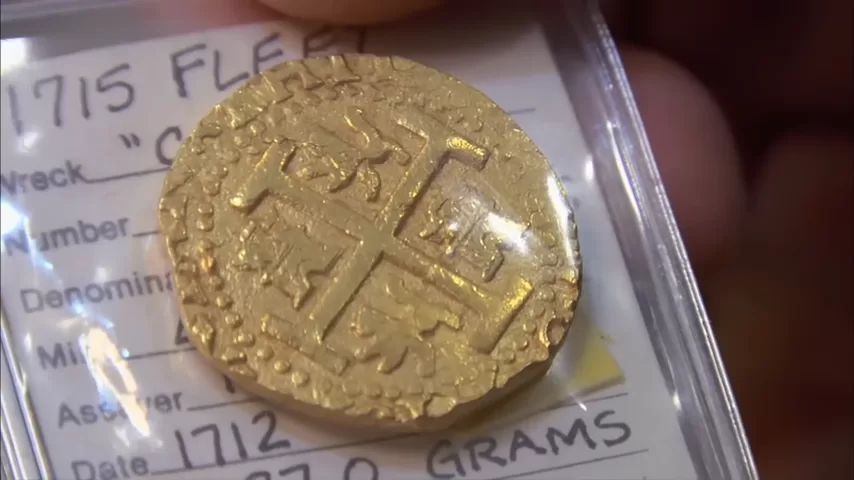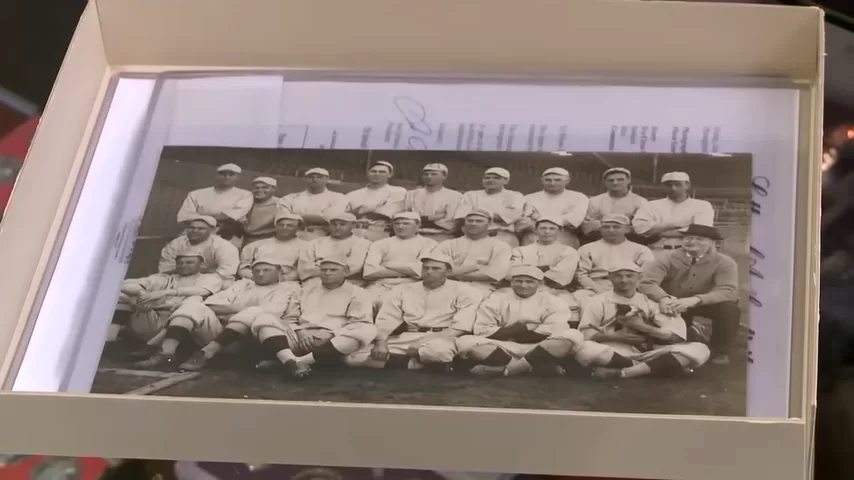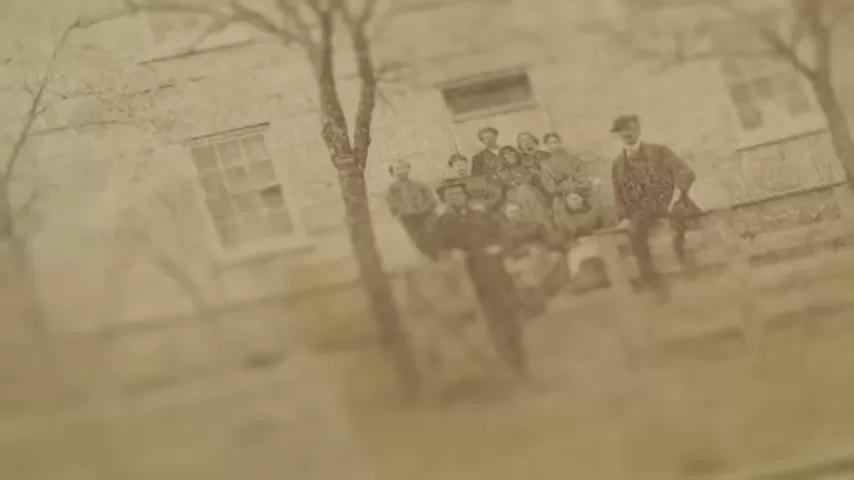When a man walked into a pawn shop with an old coin passed down from his grandfather, he expected a modest payday—maybe $2,000 if he was lucky. What he didn’t expect was to discover that the coin wasn’t just old—it was genuine Spanish treasure from the 1700s, and it could be worth nearly ten times his original estimate.
“It looked really old,” the seller admitted. “My grandfather kept it in plastic. I figured I’d see what they could do for me.”
He may have come in casually, but he walked out with $11,000 in hand.
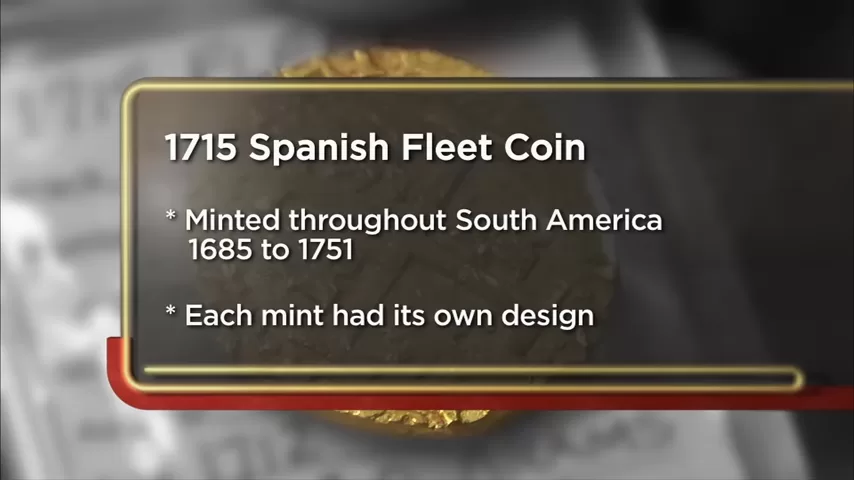
The Coin: A Glimpse into Spain’s Colonial Fortune
The item in question was an 8 Escudos gold coin, minted in Lima, Peru during Spain’s colonial occupation of South America. At the time, Peru was home to some of the most brutal and profitable gold mines in the world.
“They were 2,000 feet deep, had no ventilation, constant cave-ins,” explained the shop owner. “Life expectancy for the laborers—mostly slaves and indigenous people—was shockingly short.”
Despite the harsh conditions, the mines produced staggering amounts of wealth for the Spanish Empire. Much of that wealth was stamped into coins like this one, known as “doubloons” in English—a term that still evokes pirates, treasure maps, and tales of the high seas.
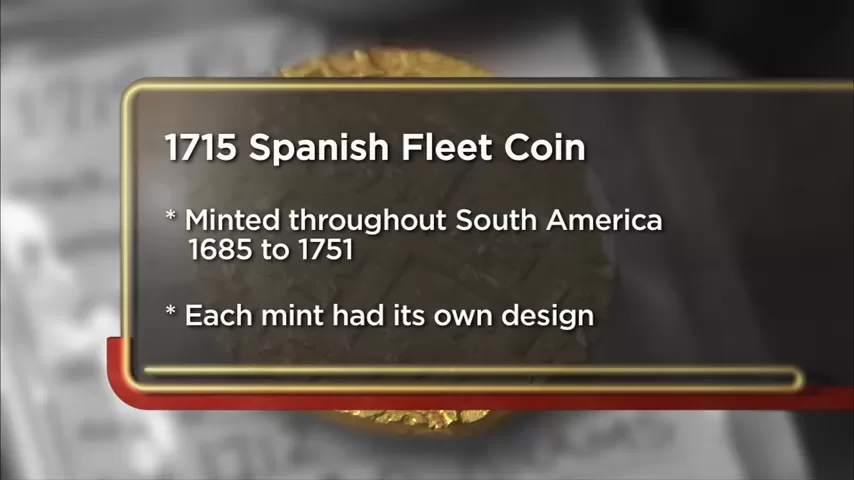
Understanding the Coin’s Markings
Coins like the 8 Escudos weren’t designed for beauty; they were made for function. Accuracy in weight and purity mattered more than perfection in shape. Still, the coin brought into the shop was in unusually good condition.
It bore clear markings:
- An “L” for Lima, the mint location.
- “8” for its denomination—the largest gold coin the Spanish produced at the time.
- The letters “P.V.S.” — an abbreviation of “Plus Ultra”, Latin for “More Beyond.”
- Two columns representing the Pillars of Hercules (Straits of Gibraltar), symbols of Spain’s ambition to dominate the world beyond Europe.
“They used to believe you’d fall off the edge of the Earth if you sailed past the straits,” the appraiser noted. “These coins were proof Spain had pushed further.”
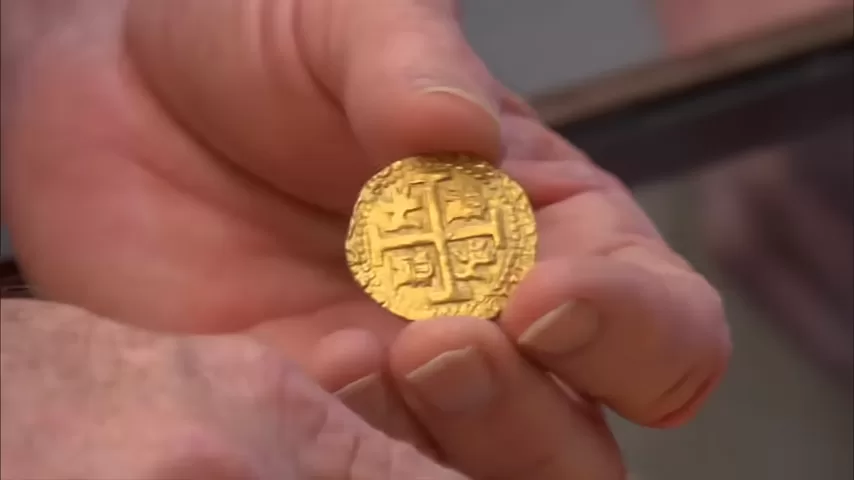
Too Good to Be True?
The shop owner knew the coin looked great—maybe too great. That raised some red flags. Spanish gold coins are highly valuable, and therefore frequently counterfeited.
“There was a big scandal a few years ago,” he explained. “A flood of fakes entered the market. Some were cast, others were struck, but many were underweight or slightly off.”
Before making an offer, he called in Carl, a seasoned expert in Spanish colonial coins.
Carl inspected the markings, examined the strike, and most importantly, checked the weight.
“It came in at 27.0 grams, exactly what a genuine 8 Escudos should weigh,” Carl confirmed. “Most fakes are underweight. This one’s right on.”
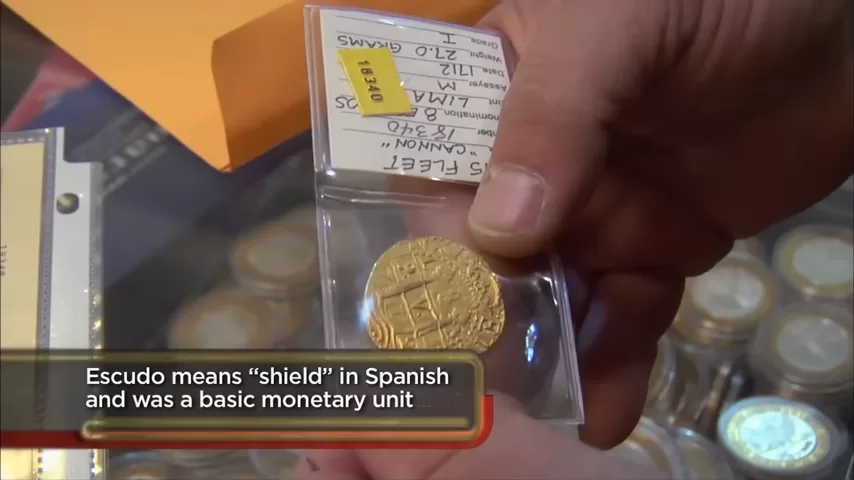
After reviewing it all, Carl gave his verdict:
“It’s the real deal. And based on the condition? I’d put the value at $18,000.”
From $2,000 to Treasure Trove
The seller was shocked. He’d been hoping for $2,000, and now he had something worth nearly nine times that. When the shop offered $10,000, he didn’t bite.
“I wouldn’t take anything less than $11,000,” he said confidently.
After a few seconds of internal debate, the shop owner agreed. $11,000 cash—a life-changing amount for a coin that had sat untouched in a family safe for decades.
“I feel very happy with that,” the seller said, grinning. “I had no idea what I had.”
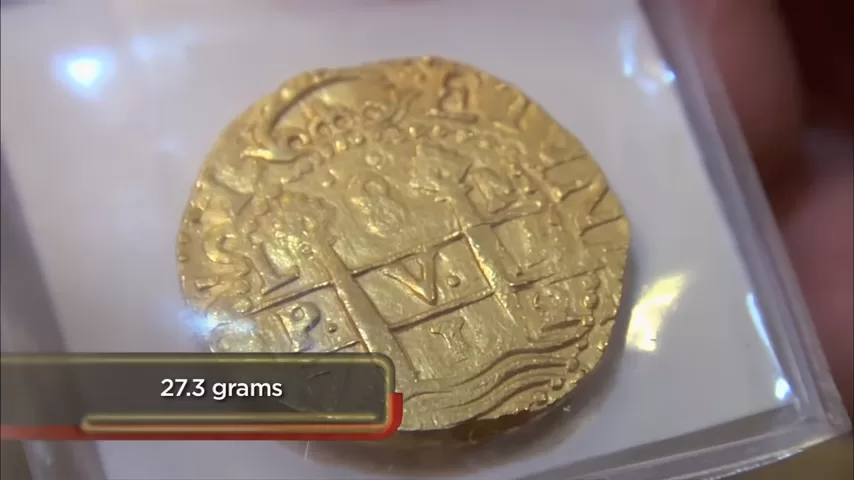
Why Are 8 Escudos Coins So Valuable?
There are a few reasons why Spanish 8 Escudos are among the most sought-after coins in the world:
- Gold Content
Each coin contains nearly one full ounce of gold—but their value far exceeds melt price. - Colonial History
These coins are tied to Spain’s vast imperial legacy and the violent conquest of the Americas. They’re symbols of power, exploitation, and exploration. - Treasure Connection
Many 8 Escudos coins have been recovered from shipwrecks, giving them extra allure to collectors. - Rarity in Condition
Minted in rough times with crude tools, few examples survive in crisp, clean form. That’s why a well-struck, high-grade coin is worth a fortune.
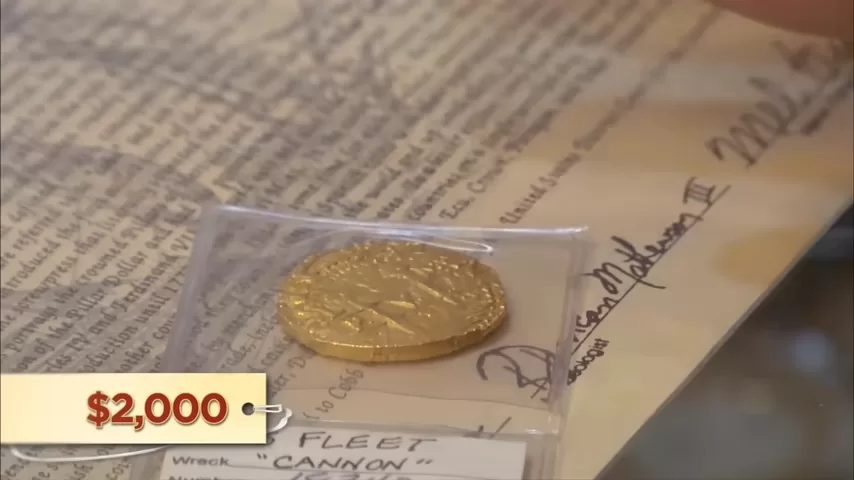
Final Thoughts: Sometimes the Treasure Finds You
Not every family heirloom is worth a fortune. But once in a while, something tucked away in a drawer or safe turns out to be a genuine piece of global history. That was the case here—a coin that once fueled an empire now changed the life of a man just hoping to make a few bucks.
“It’s like finding treasure,” said the expert. And for this seller, it truly was.
